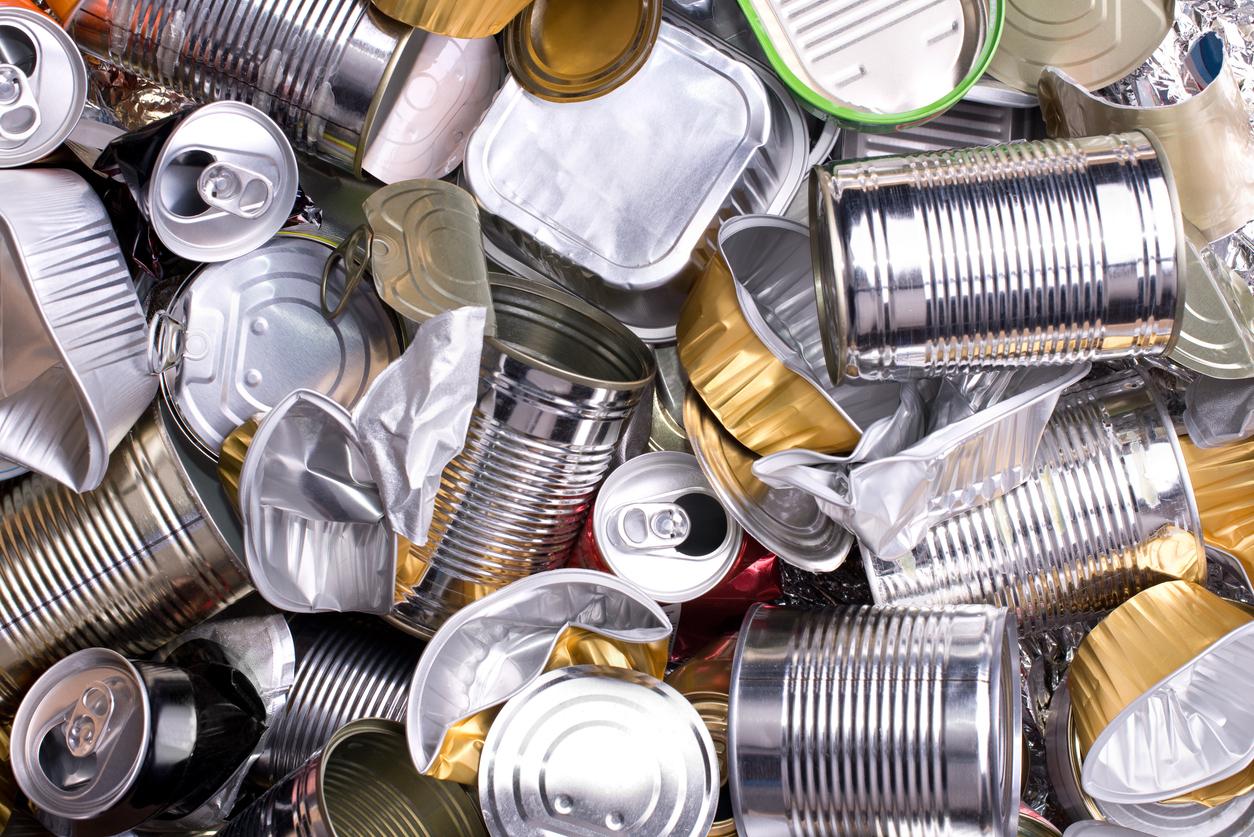Some phthalates are prohibited, but their substitutes are not necessarily very safe. According to a study, DINCH would have an effect on the production of adipose tissue.

Bisphenol A and certain phthalates are no longer permitted in France. But these substances used to soften plastics may be essential for some products. They are therefore replaced by other plasticizers, certified safer. A study, published in the journal Environmental Research, however, calls into question this consensus. Research on rat adipose tissue has shown metabolic action of DINCH, which replaces the phthalate DEHP.
The team behind the study is from McGill University in Montreal (Canada). Its members have been working on phthalates for several years. They wanted to compare their effects to DINCH, which was to serve as a control product. But by studying its action on rat adipose tissue cells, an action similar to DEHP appeared: one of the metabolites of DINCH (MINCH) interferes with the way fat is produced. “These results demonstrate that DINCH may not be as safe as claimed and that more research on the safety and use of this widely used product is needed,” concludes Dr Vassilios Papadopoulos, co -author of the study.
A moderate effect
The researchers point out that this chemical is approved and certified by many authorities, but that no peer-reviewed publication has assessed its toxicity. Jean-Pierre Cravedi, research director at the National Institute for Agricultural Research (INRA) and specialist in endocrine disruptors, is less alarmist. This study “is not likely to call many things into question,” he believes. He reminds us that the receptors on which DINCH acts do not have the same role in rats and humans.
What legislation for endocrine disruptors?
Endocrine disruptors are mentioned in several regulations, including Reach, which obliges manufacturers to mention the chemical substances they use. But the problem is twofold: the legislation itself is not very specific on what an endocrine disruptor is, and it is a mechanism of action and not a health effect. “We still do not have a definition at the level of the European community. As long as we do not establish a link between a mechanism of action and a risk, we are blocked, deplores Jean-Pierre Cravedi. There is a lot of uncertainty about what we consider to be an endocrine disruption: is a genetic modification enough? Some would say that what matters is the level of hormone concentration in a tissue or in the blood. The other difficulty is that there is not a single mechanism of endocrine disruption, the interactions are multiple. “
Less toxic substitutes
DINCH is widely used on the North American and European continents to replace DEHP, a phthalate known to be toxic to reproduction. According to the authors of the study, if its concentration reaches levels comparable to that of DEHP, there could be a risk to the health of people whose exposure is occupational.
“A number of phthalate substitutes have been put in place, with seven or eight families. They replace them because they do not have the reprotoxic properties of phthalates, and do not act on androgen receptors, objected Jean-Pierre Cravedi. We do not have as much toxicological data as for DEHP. However, on reprotoxicity, the different substitutes have no toxic effect – or at much higher doses. On a broader spectrum, these are not very toxic molecules. “
Convince the industry
This work must be taken into account, but neither should we become alarmist: several substitutes for phthalates have no effect on the endocrine system. But then, why not have used them earlier? Quite simply because at its inception, DEHP and its reprotoxic effects were not known. “It is as science progresses that we can establish or orient a regulation,” recalls Jean-Pierre Cravedi. There is always a lapse of time between the moment when the effect of a plasticizer is demonstrated with certainty and when measures are taken to ensure that their use is prohibited. When DEHP was used extensively, these effects were not established. »In the current state of knowledge, substitutes are therefore safer. But a tiny part of the literature on the subject is accessible.
It also remains to convince the industry of the need to adopt less harmful plasticizers. The harm of bisphenol A is well documented. Despite everything, the association of industrialists PlasticsEurope managed to file a priority question of constitutionality (QPC) to the Constitutional Council. The Wise Men will have to decide on the constitutional nature of the ban on bisphenol A, in force since 1er January 2015. In the United States, the situation is also worrying: banned phthalates are replaced by others.
.















